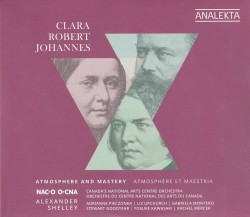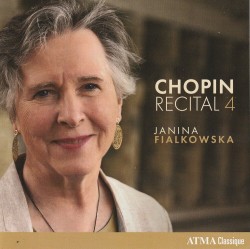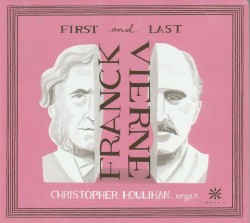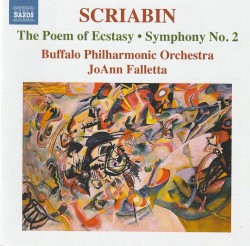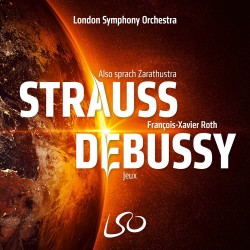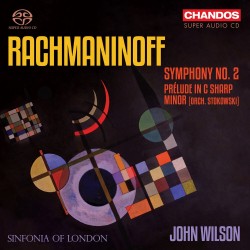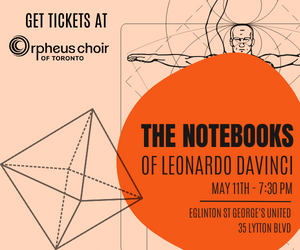Beethoven: The Late Sonatas - Maurizio Pollini
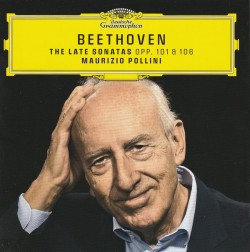 Beethoven – The Late Sonatas
Beethoven – The Late Sonatas
Maurizio Pollini
Deutsche Grammophon 486 3014 (deutschegrammophon.com/en/catalogue/products/beethoven-the-late-sonatas-pollini-12858)
Having completed the recording of Beethoven’s 32 piano sonatas in 2014, renowned Italian pianist Maurizio Pollini revisits the last five with the intense yet simple approach of an artist who understands life. It is astounding that Pollini undertook the recording of such technically challenging works at the age of 80 and it is precisely this fact that makes the recording precious. Here we have an artist at the full height of life experience sharing deep mastery of his instrument via some of the most complex pieces of the piano repertoire.
Piano Sonata Op.101 marks the beginning of the late period of Beethoven’s compositional trajectory, and it is nothing like the composer’s previous works. The essence of this sonata is freedom – freedom of form, harmony and expression. Pollini understands it well and conveys it with gusto. Piano Sonata Op.106 “Hammerklavier” remains underperformed on the concert stage even today due to the technical challenges it presents. It requires a performer with great emotional maturity, as Beethoven seems to have conjoined centuries of writing tradition with magnificent innovations of genius in this piece. Both Beethoven and Pollini, each in their own masterful way, are unapologetic of who they are as artists – vulnerable in their stance yet afraid of nothing. Pollini’s occasional faint singing in the background makes the recording come alive with immediate intimacy – this, simply, is life.


